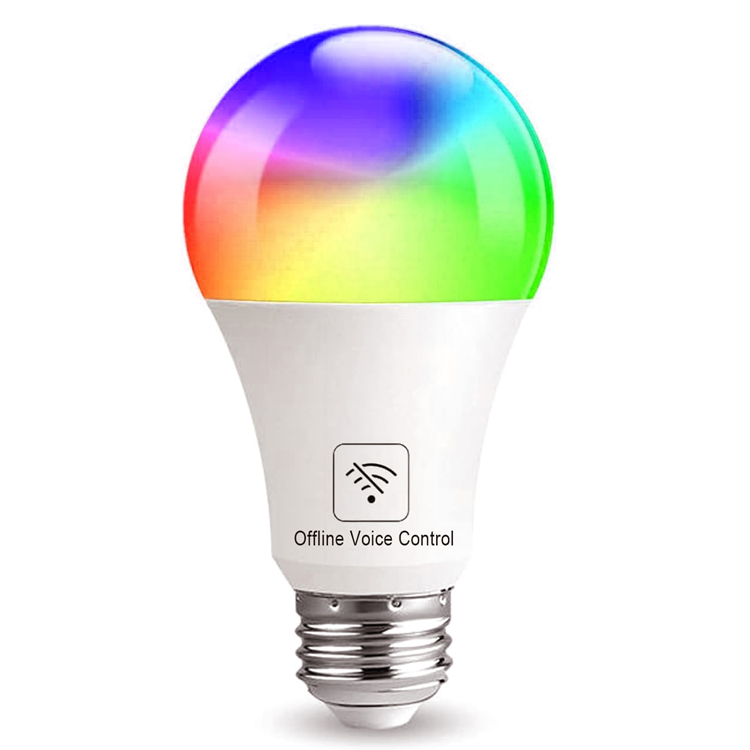Key Aspects of Smart Lighting Systems
2024-06-25
Smart lighting refers to lighting systems that are connected to a network (usually via Wi-Fi, Bluetooth, or a proprietary protocol) and can be controlled remotely using a smartphone, tablet, or voice commands. Here are some key aspects of smart lighting systems:
1. Control: Users can control smart lights using mobile apps installed on their devices. This allows them to turn lights on or off, dim them, change colors (if the lights are color-changing), and create schedules for automated operation.
2. Integration: Smart lighting systems often integrate with smart home platforms like Amazon Alexa, Google Assistant, Apple HomeKit, and others. This integration enables voice control and coordination with other smart devices in the home.
3. Energy Efficiency: Many smart lights are LED-based, which are already energy-efficient. Smart lighting systems further enhance efficiency by allowing users to adjust brightness and schedule lighting based on occupancy or daylight conditions, thereby reducing energy consumption.
4. Customization: Users can customize lighting settings to suit different activities or moods. For example, they can create scenes for movie watching, reading, or entertaining guests, adjusting both brightness and color temperature accordingly.
5. Remote Access: One of the key benefits of smart lighting is the ability to control lights remotely. This can be particularly useful for turning lights on or off while away from home, enhancing security by giving the appearance of someone being home.
6. Automation: Smart lighting systems support automation features such as timers and routines. Users can set lights to turn on gradually in the morning as a wake-up light, or to automatically turn off when they leave the house.
7. Expandability: Smart lighting systems are often modular and expandable, allowing users to add more lights or accessories (such as motion sensors or smart switches) as needed, creating a more comprehensive smart home environment.
Popular smart lighting brands include Philips Hue, LIFX, Nanoleaf, and TP-Link Kasa, among others. When choosing smart lighting, consider factors such as compatibility with your smart home ecosystem, ease of installation, features (like color options or dimming capabilities), and the level of control and automation offered.



